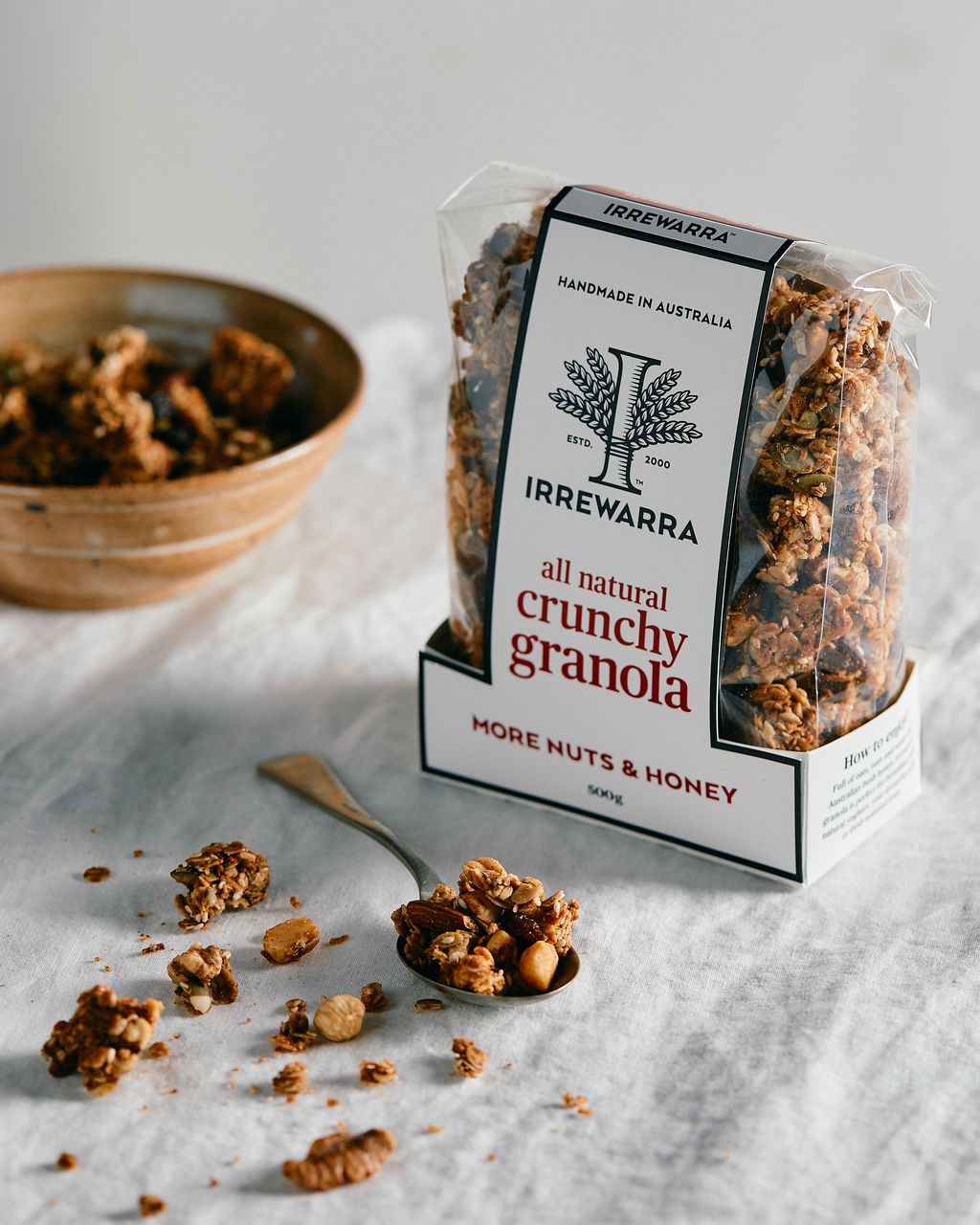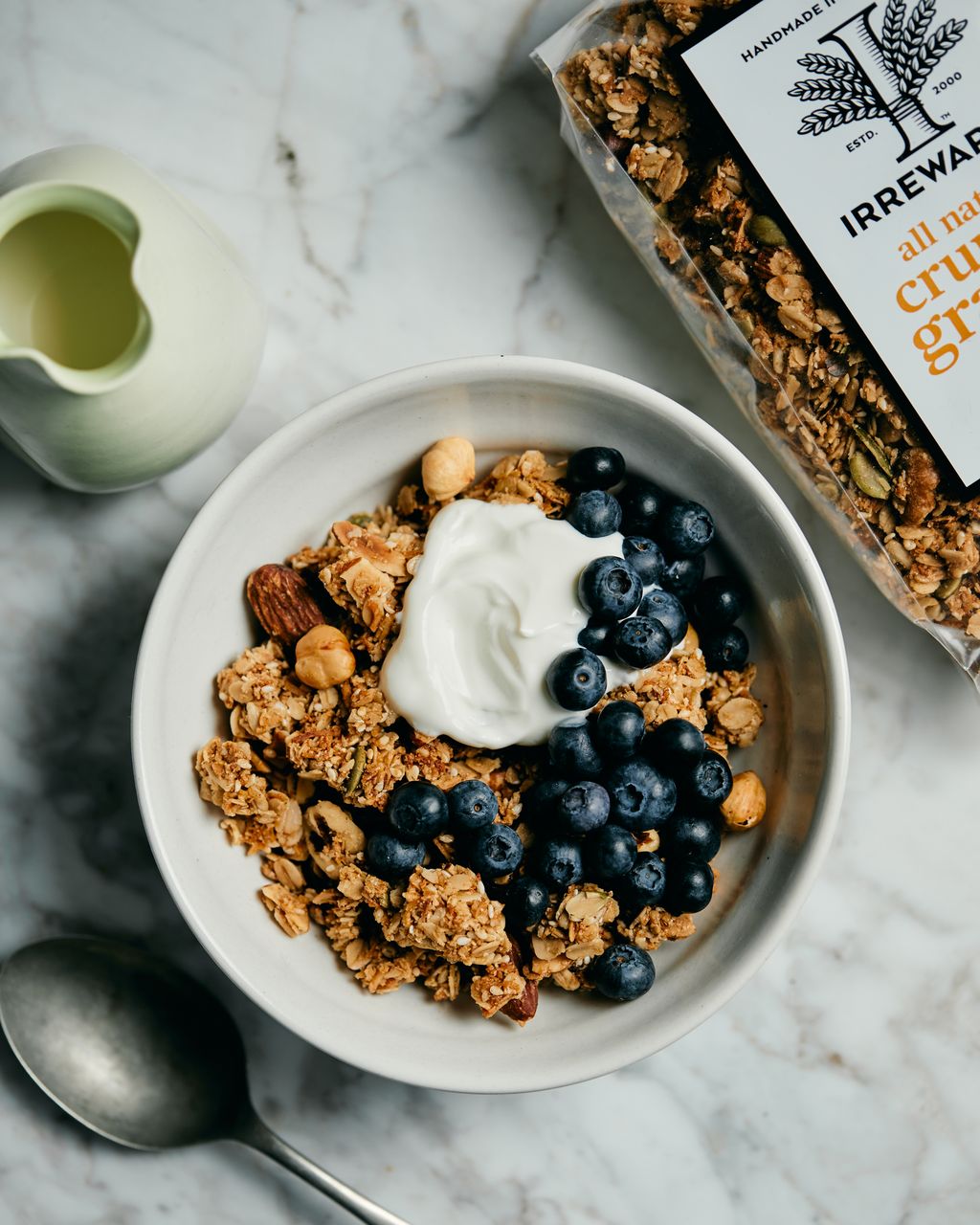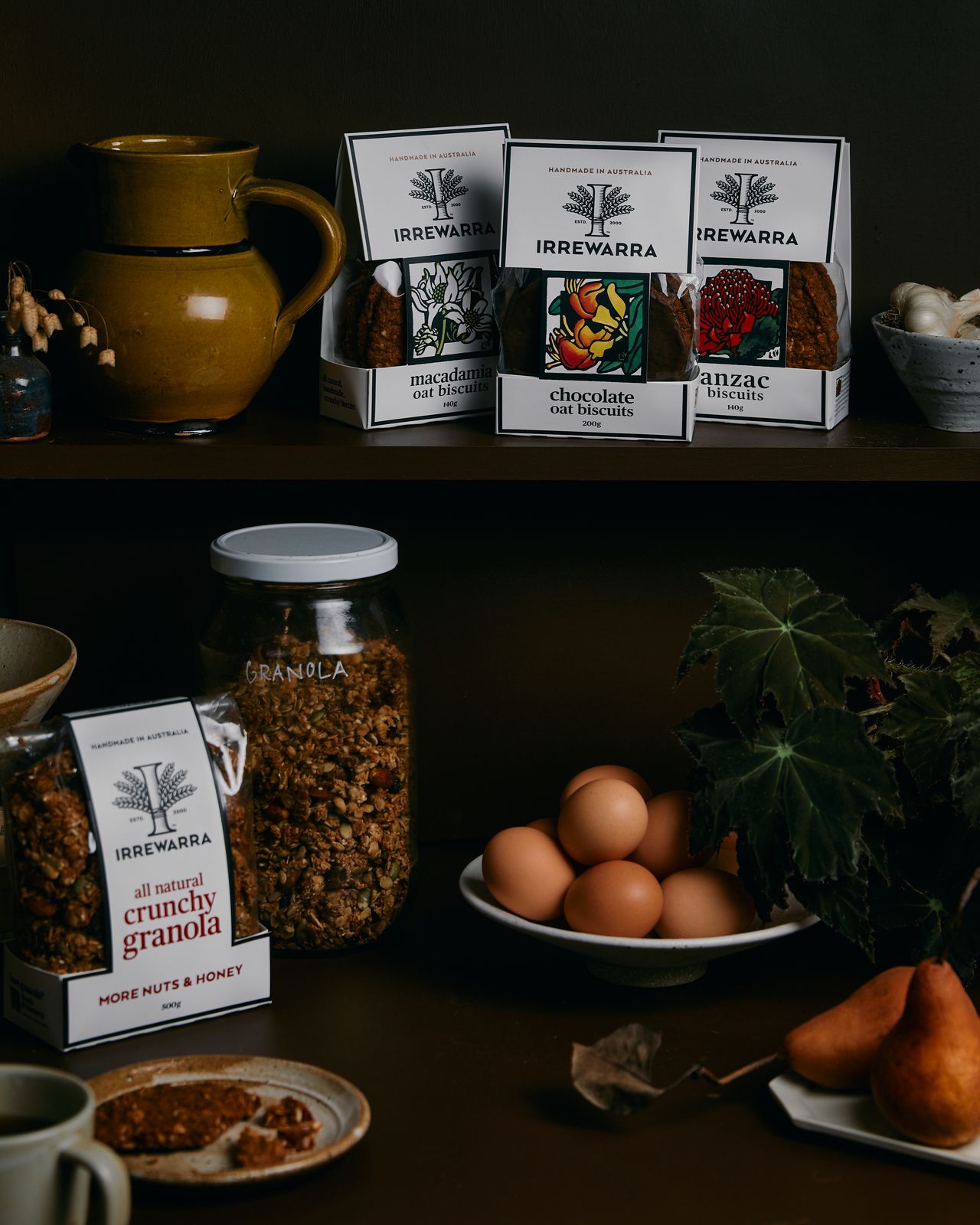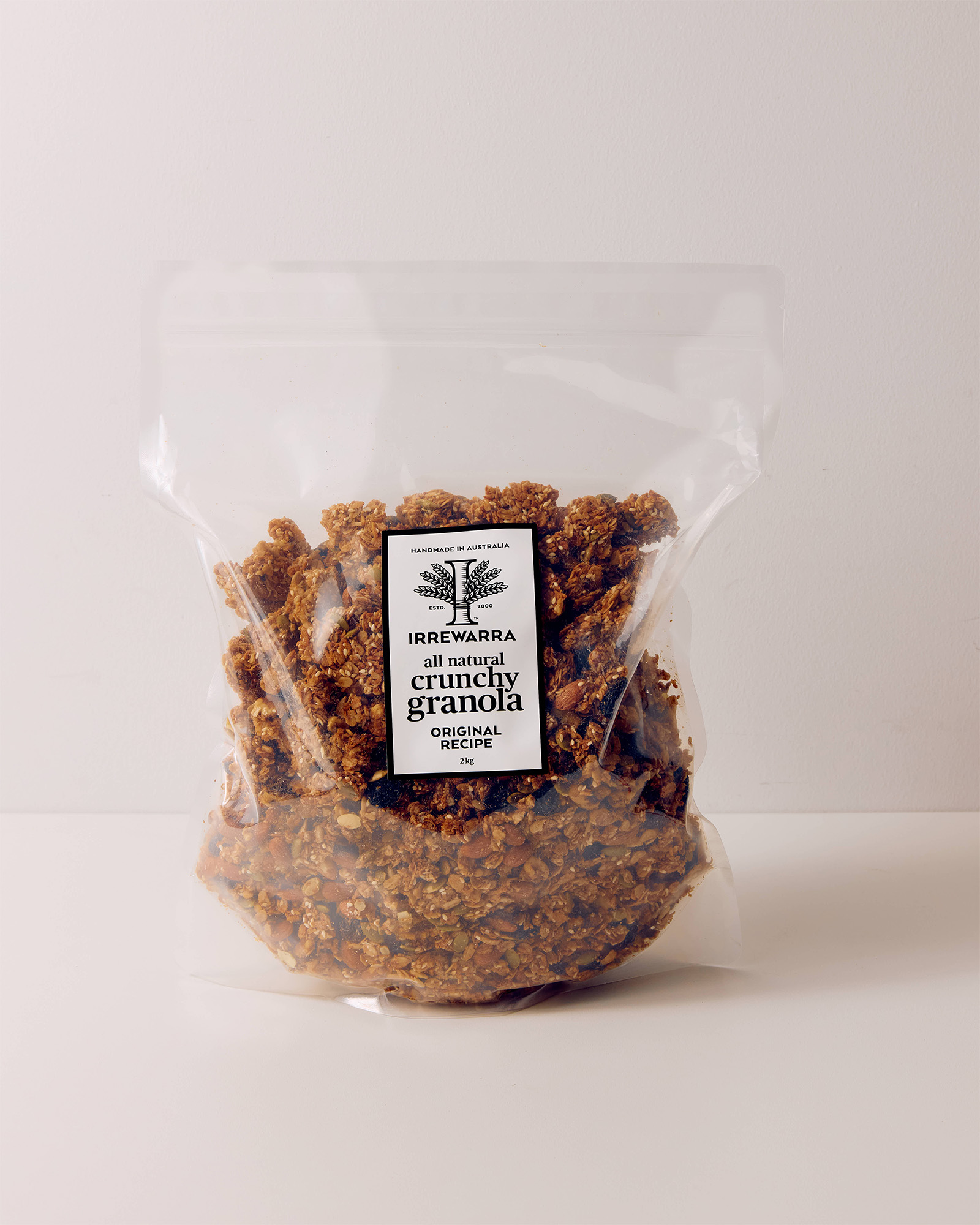Back from near extinction: Irrewarra's Silver Banksia restoration project
Before colonial settlement, the Victorian Volcanic Plains (VVP), home to Irrewarra Bakery, were abundant with Silver Banksias, Drooping Sheoaks, and Sweet Bursaria. These native trees were a vital part of the ecology of the area and an essential food source for insects, animals and birds.

Silver Banksia (Banksia marginata). Image: J & B Calvert
The local ecosystem was all but destroyed by the early 1900s, as tree clearing for firewood and timber and the grazing of introduced Merino sheep and cattle left much of the plains stripped bare of these original trees and shrubs. Settlers planted larger foreign trees, including radiata pines, native to California and Mexico, and sugar gums originating from South Australia, which have now become dominant on the Western Plains.
The last Silver Banksia
Research by Dr. Steve Sinclar of the Arthur Rylah Institute revealed that the population of once widespread Silver Banksia (Banksia marginata) was brought to the point of near extinction during this time, with only isolated trees remaining on the Volcanic Plains at the beginning of the 20th century. This was devastating for the local wildlife which relied upon it, including the Yellow-Tailed Black Cockatoo, who feed on its seed cones.
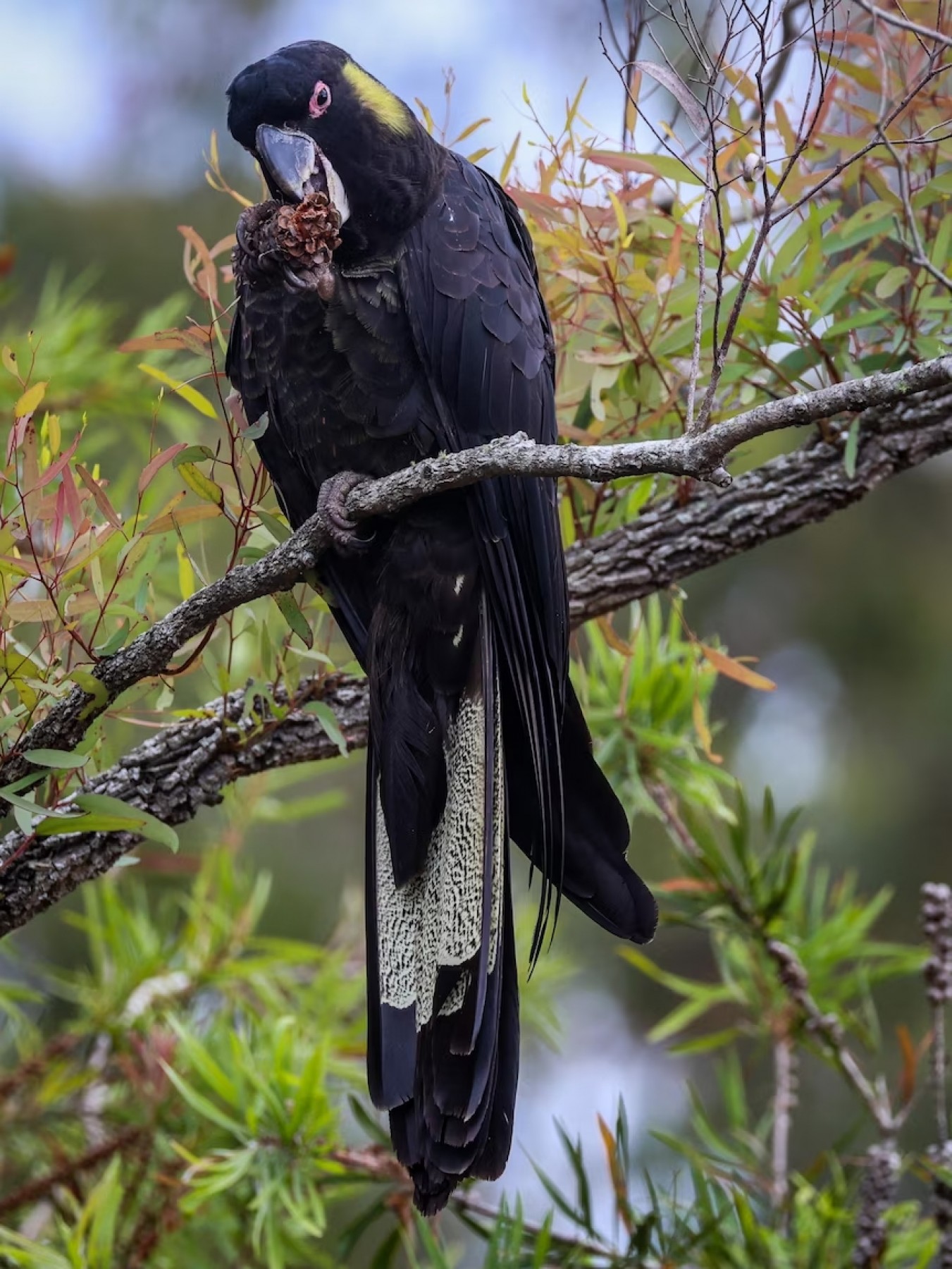
A Yellow-Tailed Black Cockatoo feeding on a Silver Banksia seed cone. Image: Mick Roderick
By the mid-1990s, it had become apparent that there was only one original Silver Banksia in the Irrewarra region that has survived grazing and clearing. This tree was situated in the stony rises area of Dreeite, north west of Irrewarra. Dreeite formed part of John Calvert’s original station, purchased in 1842, until it was divided for soldier settlement after World War I. The stony rises, as the name implies, are rocky outcrops of partially eroded lava flows – not easily accessed or cultivated – and were the perfect spot for the last Silver Banksia to remain protected and survive.
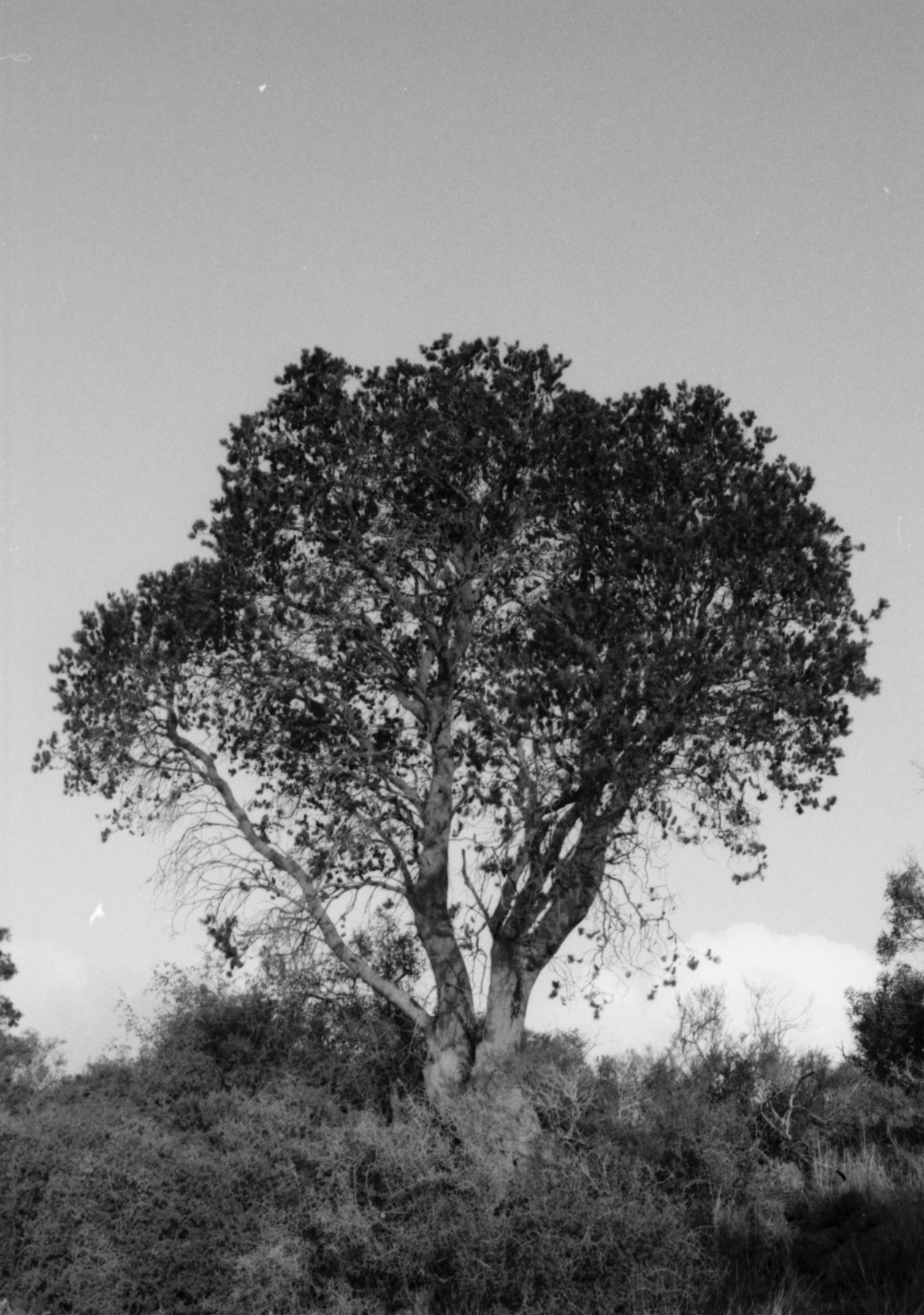
The old Dreeite Banksia, mid-1990s. Image: J & B Calvert
Irrewarra Bakery founders John and Bronwynne visited the tree around 1996, with local residents and other landcare conservationists, and were hopeful that the majestic tree would have a long life. However, as it was the only remaining tree in the region, its seed was infertile from lack of cross-pollination; it was decided that cuttings were to be taken and propagated to prevent extinction of its provenance.
Frank Carland, then working at Victorian Department of Conservation and Natural Resources, and now a member of the Friends of the Forgotten Woodlands (FoFW) who assists with Irrewarra’s Doongara Rewilding Project, took on this responsibility. He organised for multiple cuttings to be propagated from this remnant tree on the stony rises, and two of these cuttings were then planted at ‘Weering’, the property of John’s parents.
Sadly, the old Dreeite tree has since died.
The ‘Weering’ Banksias
Funded by Glenelg Hopkins CMA, the Friends of the Forgotten Woodlands consists of scientists, farmers, land managers and interested community members with a focus on the establishment of genetically diverse seed banks on public and private land across the VVP.
In 2017, the FoFW were searching for local provenance Banksia and Sheoak seed, in their pursuit of revegetating the plains. Fortunately, Frank recalled the old Dreeite Banksia and its cuttings at ‘Weering’, and set off in search of the trees which may have grown from these historic propagations.
He looked to Google Earth, searching the satellite map for where he recalled they had been planted by the Calverts, and saw what he thought could be the cuttings. Frank then headed to ‘Weering’ to find that the offspring of the old Dreeite Banksia were now tall, healthy and robust – and flowering with plenty of seed cones!
“I was excited to discover that the Banksias had survived and was able to salvage some seed for propagation,” Frank said. “Later that year, we all met at the site, revisiting old memories and marvelling at how healthy the trees looked after surviving years of drought.”
Seed bank: future-proofing the Silver Banksia
Following this exciting discovery in March 2017, FoFW teams collected seeds from the trees to continue revegetation in the area. John and Bronwynne also began their own environmental restoration project at this time.
In 2019, the Calverts planted around 30 propagations from the original ‘Weering’ Banksias in a ‘seed bank’ at Irrewarra, right next to the bakery.

The new Banksia plantings at Irrewarra in 2019. Image: J & B Calvert
Seed banks and seed orchards are very important for maintaining genetic diversity, by storing and producing seed of known provenance for use in revegetation and landscape restoration projects, along with ensuring the species' survival from threats such as land clearing, pests and environmental factors including flood, fire and climate change.
The trees planted by John and Bronwynne continue to provide an additional source of seed for local nurseries and the FoFW. The growth of these new Silver Banksias in their first year – 1.5m – was simply amazing, demonstrating how well-suited they are to their local habitat.

The Banksia growth after just one year. Image: J & B Calvert
Their growth has continued at an amazing pace over the following years, with many now metres tall.
It wasn’t long before the Yellow-Tailed Black Cockatoos found their way back to the Banksia trees. They are now regular visitors to Irrewarra, feeding on the seed cones, and remain a reminder of the importance of returning the plains to their original state for local wildlife.

The Banksia plantation at Irrewarra, December 2022. Image: J & B Calvert
John and Bronwynne are planning to also include plantings Drooping Sheoak and Sweet Bursaria at the bakery site over the next few years.
Interestingly, Drooping Sheoak (Allocasuarina verticillata) was widely used in baker’s ovens in the 1800s and 1900s, prized for its dense slow-burning timber that produced very little ash. These desirable qualities most probably contributed to the significant decline of this species. Irrewarra has been recorded in the district as meaning ‘long spear throw’. However, according to Australian anthropologist Aldo Massola, ‘Irrewarra’ is derived from the Indigenous word ‘Ngirriwarra’, which means ‘sheoak tree’.
For more information on the Victorian Volcanic Plains Woodland Ecology Project please visit friendsoftheforgottenwoodlands.org.au.
If you would like to learn more about other environmental projects we are working on at Irrewarra please visit irrewarra.com.au/news.









